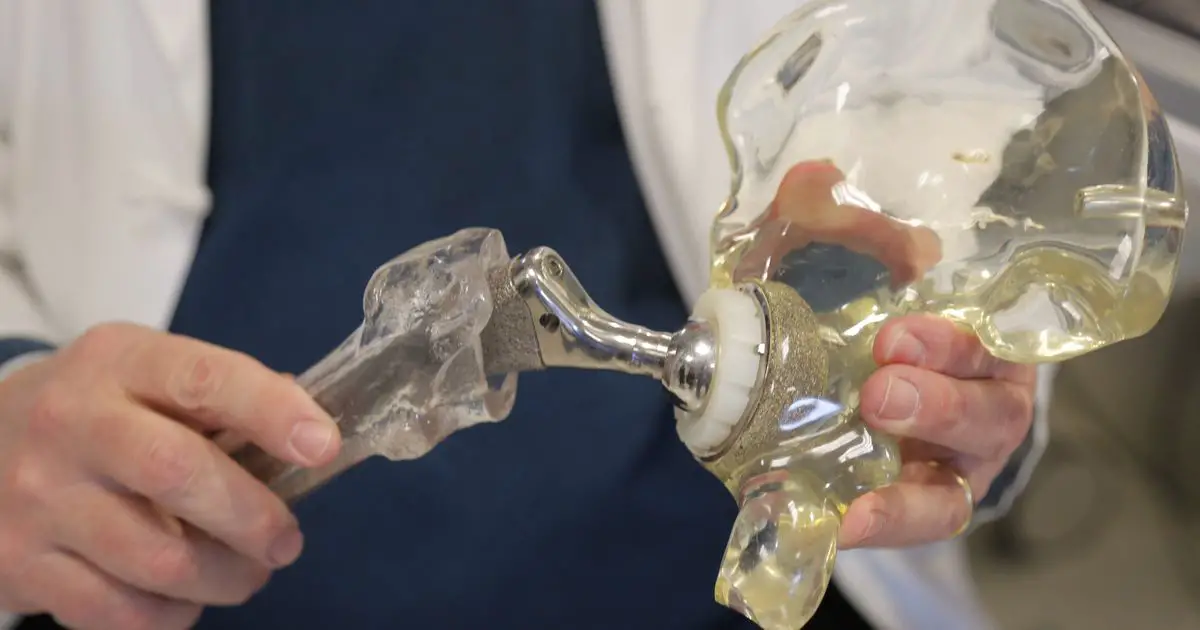
Say you’ve just gone for your first run in ages. You might be sweaty and sore-ish, but aside from the feeling of blood pumping in your legs, you likely feel fine.
It’s only hours after the venture that you notice it; a twinge throbs in your hip.
That’s what happened to me, anyway. For you, it might have come up in a surprisingly tricky yoga class or even after a long walk.
When we notice pain in our psoas, knees, or back, the answer feels obvious; we have tight hips, we tell ourselves.
So, after a recent run of post-jog pain, I stretched and flexed the area until into docile pliability ― to no avail.
In fact, it wasn’t until I saw a TikTok from Dr. Adam McCluskey, a personal trainer, that I realised I was completely wrong about the cause of my pain.
If stretching doesn’t fix your “tight hips,” they may not be tight
The doctor began his video by saying, “If your hip flexors always feel tight no matter how much you stretch them, you may need to work on getting them stronger instead.”
That’s because what a lot of people (myself included) self-diagnose as “tight” hips are actually “weak” hips, which are caused by things like sitting for too long.
Medical News Today shared that the pain associated with weak flexors comes not from a stiff hip, but from when “the joints try to compensate for weak hip flexors, which leads to them overworking.”
The common misconception can lead those who ought to work out their flexors more to stretch them instead, which may not be helpful.
How can I tell if I have weak vs tight hips?
Dr. McCluskey has a simple test.
While standing, pull your knee up to your chest by placing your hands under the knee.
When you let your hands go, “can you hold the knee in place ― or when you let go of the knee at the top, does the knee drop down?” he asked.
If the knee drops, your issue is likely weak, rather than tight, hips.
What if I have weak hips?
The doctor showed a range of exercises to strengthen your hips, including placing a small kettlebell over one foot, laying back on a raised surface, and lifting one bent leg at a time up and down.
He also recommended “long sitting lift-overs” ― alternately lifting the foot of a straightened leg over a kettlebell while sitting on the floor.
Healthline also recommends exercises like lunges, mountain climbers, and leg raises to strengthen your hips (lunges and squats have transformed my running recovery ― I had a lot of knee and hip pain before, which has all but disappeared).
Of course, if you’re in significant pain, see an expert about its source. And if you’ve had hip injuries or operations, speak to a doctor before trying anything that stresses the area out.
But if you have a mild twinge that isn’t fixed by stretching, perhaps your hips could benefit more from a strengthening session than you’d thought.








